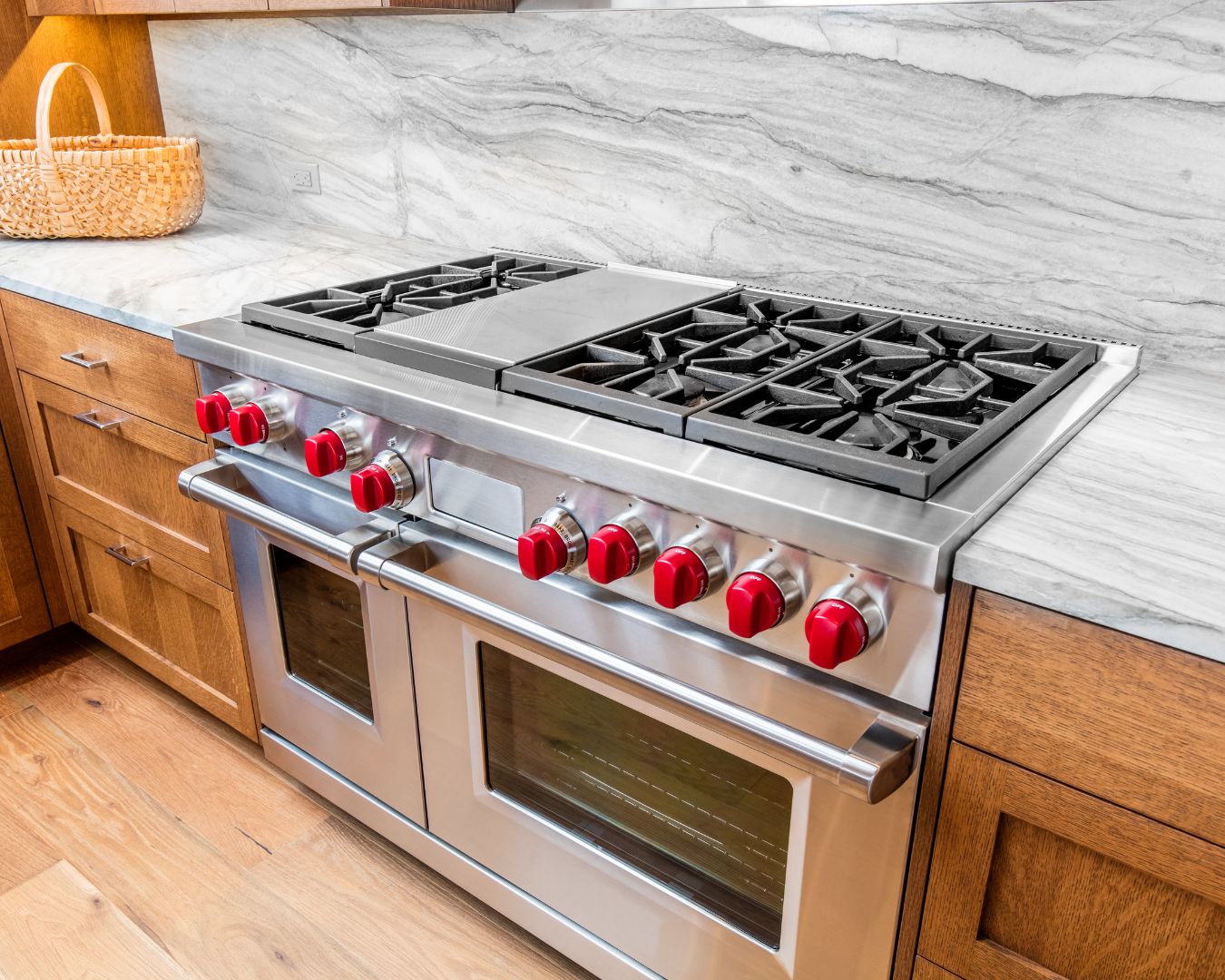How to Choose the Right Kitchen Appliances for Your Cooking Style: Match Your Equipment to Your Needs
Choosing kitchen appliances based on your actual cooking style rather than aspirational goals or marketing promises ensures you’ll get appliances that enhance your daily cooking experience while providing genuine value. The best kitchen appliances are those that support how you actually cook, eat, and live – not how you think you should cook or what looks impressive in showrooms. Understanding your cooking patterns, preferences, and lifestyle helps you select appliances that will serve you well for years to come. Many homeowners make expensive appliance mistakes by focusing on features they’ll rarely use or choosing equipment that doesn’t match their skill level, available time, or family preferences. Smart appliance selection starts with honest self-assessment about your cooking habits, then matches those needs with appropriate features and capabilities that enhance rather than complicate your kitchen experience. Understanding Your Cooking Personality Before evaluating specific appliances, take time to honestly assess how you actually cook and use your kitchen. This self-awareness prevents expensive mistakes while ensuring your appliance investments support your real cooking needs rather than imagined ones. Frequency patterns matter more than occasional ambitious meals. If you cook daily but simply, choose appliances that excel at basic techniques rather than specialized equipment for complex dishes you might prepare twice a year. Time availability significantly affects which appliances will genuinely improve your cooking experience. Busy families benefit from appliances that speed up cooking or simplify cleanup, while those with more time might appreciate appliances that enable complex techniques. Skill level honestly influences how much you’ll use advanced features. Beginners benefit from appliances with straightforward operation, while experienced cooks might appreciate more sophisticated controls and capabilities. Family size and eating patterns determine capacity needs and cooking frequency. Large families need different appliances than couples, while households that entertain frequently have different requirements than those that primarily cook for immediate family. Budget realities should align with cooking priorities. Spending more on appliances you use daily while economizing on occasional-use items provides better value than uniform spending across all appliances. Maintenance preferences affect which appliances will remain satisfying over time. High-maintenance appliances that require frequent cleaning or specialized care may lose their appeal if you prefer simple, straightforward equipment. Cooking Method Preferences Guide Appliance Choices Different cooking methods benefit from different appliances and features. Understanding which techniques you use most often helps prioritize appliance features that support your preferred cooking approaches. Gas versus electric cooking preferences significantly affect range and cooktop selection. Gas provides instant heat control favored for high-heat techniques, while electric offers consistent heat preferred for baking and gentle cooking methods. High-heat cooking like searing, stir-frying, and wok cooking benefits from powerful gas burners or induction elements that provide rapid, responsive heat control. If these techniques represent core cooking methods, prioritize appliances with high BTU output or power. Low and slow cooking methods like braising, slow roasting, and simmering benefit from consistent, gentle heat that electric and convection ovens often provide better than gas alternatives. Baking frequency determines how much you should invest in oven quality and features. Serious bakers benefit from convection ovens, precise temperature control, and adequate capacity, while occasional bakers can succeed with basic oven features. Grilling preferences might influence range selection if you frequently use broilers, or suggest countertop alternatives if you prefer indoor grilling options to outdoor cooking. Preservation and storage needs affect refrigerator and freezer choices. Families who buy fresh ingredients frequently need different refrigerator features than those who batch cook and freeze meals. Lifestyle Integration Considerations Your appliances should integrate seamlessly with your daily routines and lifestyle patterns rather than requiring you to change how you live to accommodate the equipment. Schedule flexibility determines whether you benefit from appliances with programmable features, delay start options, or quick-cooking capabilities that accommodate unpredictable timing. Entertaining patterns affect capacity needs and appliance priorities. Frequent entertainers benefit from larger ovens, additional burners, and appliances that can handle multiple dishes simultaneously. Health and dietary priorities might influence appliance selection toward options that support specific cooking methods like steaming, air frying, or precise temperature control for sous vide techniques. Convenience priorities determine whether you benefit more from appliances that save time, reduce cleanup, or simplify cooking processes. Different families prioritize different types of convenience based on their specific challenges. Energy consciousness might influence choices toward more efficient appliances, particularly for high-use items like refrigerators that operate continuously. Aesthetic preferences should be balanced with functionality, ensuring that attractive appliances also serve your practical needs rather than prioritizing appearance over performance. Range and Cooktop Selection Strategy Ranges and cooktops represent the core of most kitchen cooking activities, making them critical choices that should align closely with your primary cooking methods and preferences. Fuel type decisions between gas, electric, and induction should be based on your preferred cooking techniques rather than general assumptions. Each fuel type excels at different cooking methods while presenting different maintenance requirements. Size considerations should reflect your actual cooking patterns rather than maximum theoretical needs. A 30-inch range might serve most families better than a 36-inch model if the extra burners won’t be used regularly. Burner configuration and power ratings should match your typical cooking tasks. High-heat cooks need powerful burners, while gentle cooking enthusiasts might prioritize even heat distribution over maximum power. Oven capacity and features should reflect your baking and roasting patterns. Convection ovens benefit frequent bakers, while basic ovens serve occasional users adequately. Dual fuel options combining gas cooktops with electric ovens can provide the best of both fuel types if your cooking style benefits from the responsive heat of gas for stovetop cooking and the consistent heat of electric for baking. Special features like griddles, grill grates, or specialized burners should only influence decisions if you’ll use them regularly rather than occasionally. Refrigerator Selection Based on Food Habits Refrigerator choice should align with your shopping patterns, food storage needs, and family eating habits rather than being driven purely by capacity or aesthetic preferences. Shopping frequency affects the balance between fresh food and freezer space you need. Families who










